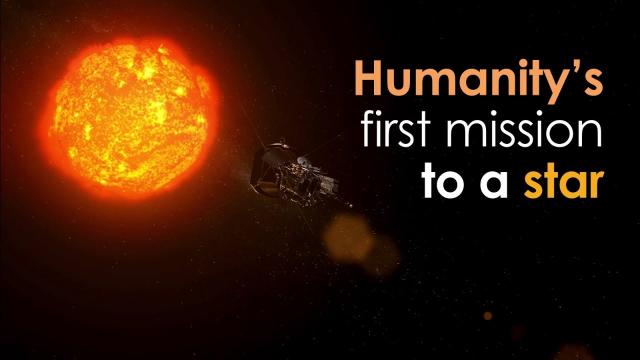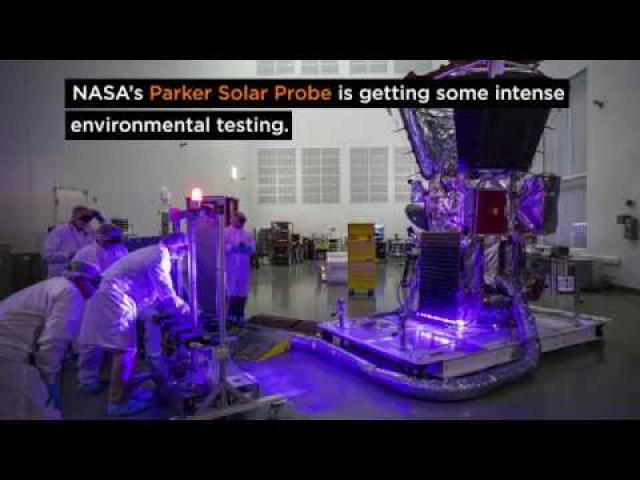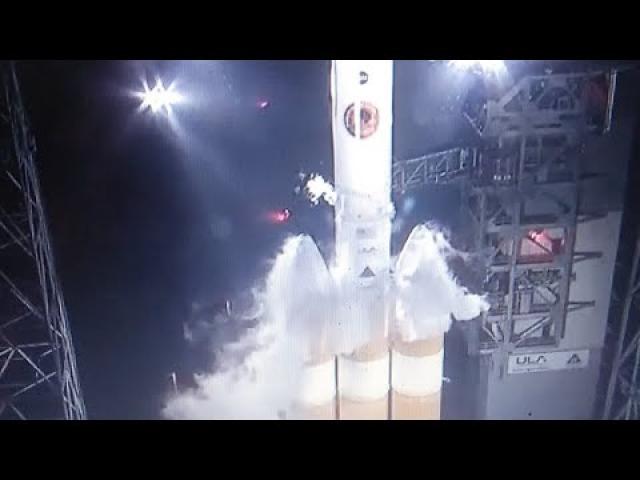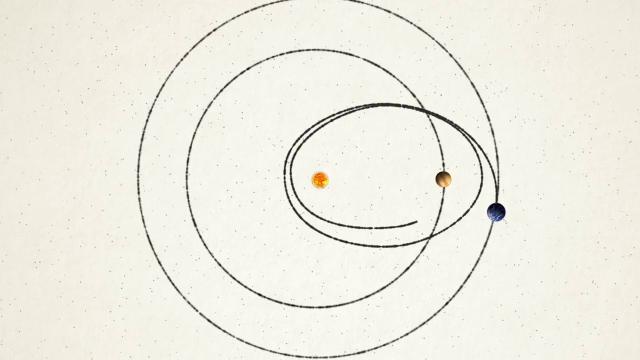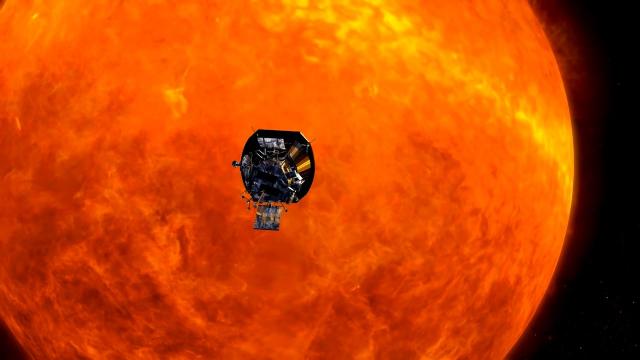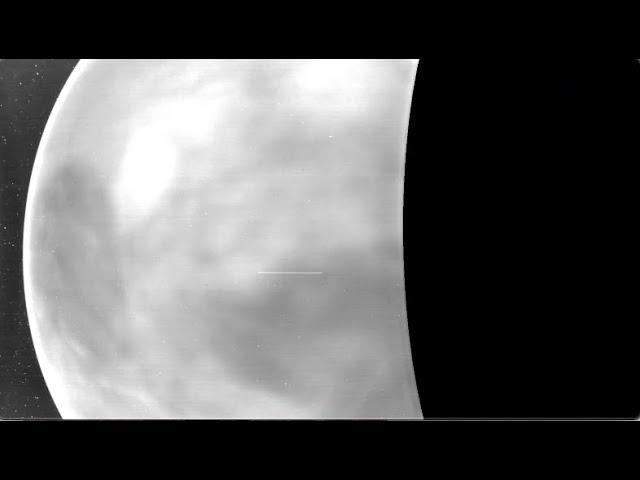The Parker Solar Probe is breaking records close to the Sun.
Description
SCIENCE IN YOUR FACE.
God bless everyone,
T
https://www.paypal.me/THORnews
article
https://www.universetoday.com/140411/parker-solar-probe-became-the-closest-thing-weve-ever-sent-to-the-sun-and-its-just-getting-started/
Parker Solar Probe Became the Closest Thing We’ve Ever Sent to the Sun. And it’s Just Getting Started.
NASA’s Parker Solar Probe is now the closest object to the Sun that we’ve ever sent into space. On Oct. 29, 2018, at about 1:04 p.m. EDT, NASA’s probe broke the old record for the close-to-Sun distance of 42.73 million km (26.55 million miles). That record was held by the German-American Helios 2 spacecraft in 1976. And the probe will keep getting closer to the Sun.
The Parker Solar Probe was launched on August 12th, 2018, on a projected 6+ year mission. The mission is designed to answer 60 year old questions regarding our Sun:
How do energy and heat move through the Corona?
How do the structure and dynamics of the magnetic fields accelerate the solar winds?
What mechanisms accelerate and transport energetic particles?
In order to answer these questions, the probe has to get closer to the Sun than any object before it. It will move directly through the Sun’s outer corona, and come as close as 6.9 million kilometers (4.3 million miles).
“It’s been just 78 days since Parker Solar Probe launched, and we’ve now come closer to our star than any other spacecraft in history,” said Project Manager Andy Driesman, from the Johns Hopkins Applied Physics Laboratory in Laurel, Maryland. “It’s a proud moment for the team, though we remain focused on our first solar encounter, which begins on Oct. 31.”
Jonathan McDowell, of the Harvard-Smithsonian Center for Astrophysics, recognized that the moment was tweet-worthy.
Jonathan McDowell
✔
@planet4589
By my calculations, at 1635 UTC today (Oct 29) @ParkerSunProbe became closer to the Sun than any other artificial object has ever been: 0.29 AU (43.5 million km). No wax on its wings...
6:06 PM - Oct 29, 2018
582
173 people are talking about this
Twitter Ads info and privacy
The anatomy of the Sun. Image Credit: NASA/Jenny Mottar
The anatomy of the Sun. Image Credit: NASA/Jenny Mottar
This is a perilous journey for the spacecraft. It will be exposed to the blistering heat of the Sun at that distance, a spacecraft-melting temperature of 1,377 degrees Celsius (2,500 degrees F.) To withstand that intense energy, the Parker Solar Probe is protected by a carbon-composite shield 11.43 cm (4.5 inch) thick.
The spacecraft won’t spend all of its time in that intense heat. The probe will conduct 24 close approaches to the Sun during its mission.
A plot of the Parker Solar Probe's location on Oct. 31, 2018 as it began its first solar encounter. Image Credit: NASA/Johns Hopkins APL
A plot of the Parker Solar Probe’s location on Oct. 31, 2018 as it began its first solar encounter. Image Credit: NASA/Johns Hopkins APL
The Parker Solar Probe is also the Fastest
The probe is not only the closest object to the Sun that we’ve ever sent into space. It’s also really fast. In fact it’s the fastest object ever sent into space, reaching a speed of 246,961 kph (153,454 mph) relative to the Sun. This dwarfs the speed of the plodding Voyager 1 spacecraft, for example, which is travelling at only 62,856 kph.
Of course, the conditions so close to the Sun are so intense, that the Parker won’t hang out there for long. The radiation environment that close to a star is deadly, and Parker has to limit its exposure to protect itself and its instruments.
It will conduct 24 looping elliptical orbits, including 7 flybys of Venus to decelerate. In each of these 24 orbits, it will approach the Sun closely, conduct its science, then loop away safely. There will be communication blackouts while it’s close to the Sun, and behind the Sun as seen from Earth. It’s first close encounter with the Sun will be on November 6th, when it reaches perihelion for the first time. We won’t know the science results from that encounter until December.
The Parker Solar Probe is part of NASA’s Living With A Star program. The aim of that program is to study the Earth-Sun relationship and how it affects life on Earth. The Sun is the only star we have access to, so studying how it interacts with Earth should tell us something about how life evolved here, and how life might evolve around other stars.

